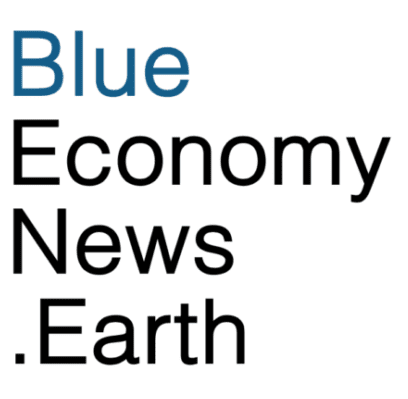EU’s Horizon Europe program has invested nearly €8 million into the STEESMAT project led by Norway’s Maritime CleanTech which aims to create a power system for ships that can reduce emissions by 40%.
The project will develop an innovative power system based on Medium Voltage Direct Current (MVDC), replacing today’s conventional alternating current (AC) systems. This solution enables engines to operate more efficiently at variable speeds, while making it easier to integrate various renewable energy sources on large vessels, such as batteries, solar panels, fuel cells and wind turbines.
Thirteen European partners will collaborate on the development of the innovative power distribution system tailored to the needs of tomorrow’s zero-emission vessels which will also make ships lighter and more energy efficient.
“The EU’s €8 million support enables us to develop solutions that not only cut emissions but also streamline the integration of sustainable energy sources. I am proud of our partners, who are working together to create a more efficient and climate-friendly shipping industry,” says Ada M. Jakobsen, CEO of Maritime CleanTech.
The former Norwegian Coast Guard vessel, KV Senja—now renamed RV North Star—will serve as a floating laboratory for the project. The ship will be equipped with the new direct current grid, which will be tested in real sea conditions.
“We are excited to leverage our test facilities to develop new solutions that will help reduce emissions from global shipping. The technology will first be tested at our onshore facility before being demonstrated at sea aboard the RV North Star,” says Willie Wågen, CEO of the Sustainable Energy Catapult Centre, who has made the vessel available as a test platform for the project.
With increasingly stringent international regulations and rising costs associated with shipping emissions, the STEESMAT project is a key component of the EU’s green shipping strategy, aiming for commercialization of the new technology by 2029.

